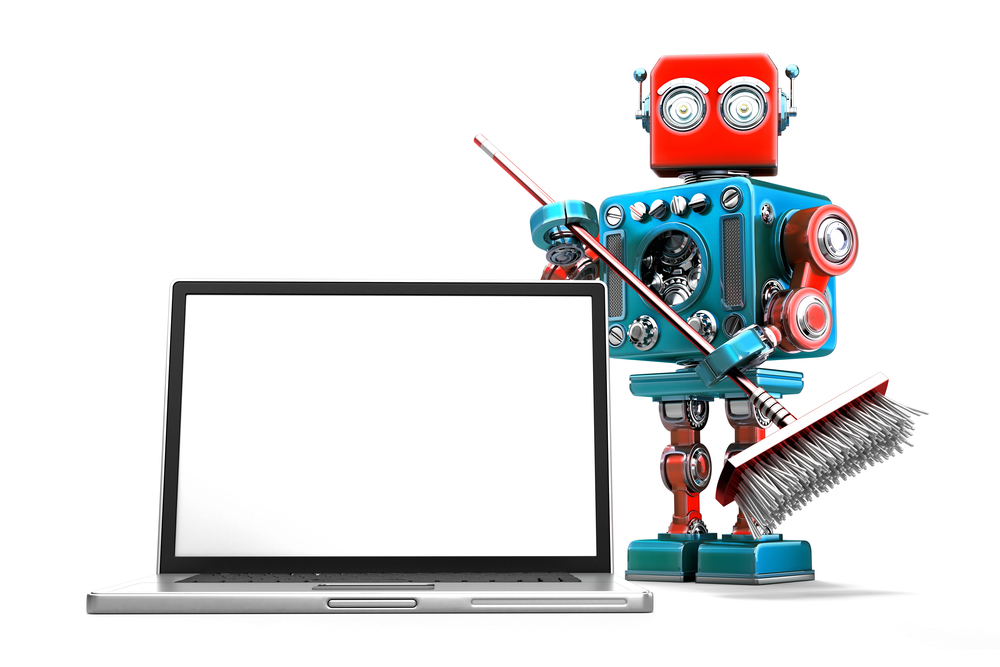In the era of data-driven decision making, data clean rooms have emerged as a critical component of the digital marketing landscape. As we step into 2024, the role of data clean rooms is expected to evolve and expand, driven by advancements in technology and changing data privacy regulations.
Understanding Data Clean Rooms
Data clean rooms are secure environments that allow data sharing and analysis while maintaining privacy and compliance with data protection regulations. They enable companies to gain insights from aggregated datasets without exposing individual-level data, thereby protecting user privacy.
The Evolution of Data Clean Rooms
Data clean rooms were initially introduced by tech giants like Google and Facebook to provide advertisers with insights into campaign performance without compromising user privacy. However, their application has expanded beyond advertising, and they are now being used in various industries, including healthcare, finance, and retail.
The Future of Data Clean Rooms
As we move into 2024, several trends are expected to shape the future of data clean rooms.
-
Enhanced Privacy Protection
With the increasing emphasis on data privacy and the introduction of stringent data protection regulations worldwide, data clean rooms will play a crucial role in enabling data analysis while ensuring compliance. They will continue to evolve to provide more robust privacy protection mechanisms.
-
Advanced Analytics
Advancements in technology will enable more sophisticated data analysis within clean rooms. Integration with artificial intelligence and machine learning tools will allow companies to derive deeper insights from their data.
-
Collaborative Data Environments
The future will see more collaborative data environments, with companies sharing data in secure clean rooms. This will enable businesses to leverage external data to enhance their insights and decision-making processes.
-
Increased Adoption
As businesses recognize the value of data clean rooms, their adoption is expected to increase across industries. Companies that have not yet adopted this technology will likely do so to stay competitive in the data-driven business environment.
Data clean rooms are offered by various companies including:
- Google Ads Data Hub: A privacy-safe data warehousing solution built on Google Cloud.
- Amazon Marketing Cloud (AMC): Amazon’s solution for data clean rooms.
- InfoSum: An independent third-party clean room platform.
- Snowflake: Offers secure data sharing and data clean room capabilities.
- Aqilliz: A data clean room provider.
In addition to these, several tech giants and media companies have their own data clean rooms. For instance, The Walt Disney Co., Pinterest (in partnership with LiveRamp), and NBCUniversal each operate their own data clean rooms. These clean rooms allow these companies to run targeted advertising campaigns, apply frequency capping, measure and report on the performance of campaigns, and run attribution in a privacy-friendly way. The choice of a DCR depends on the organization’s specific needs and the nature of the data it is working with.
While data clean rooms offer numerous benefits, they also come with their own set of challenges. Here are some of the common ones:
- Data Integration and Compatibility:
Integrating diverse and diverse data sets into the data clean room is not easy.
- Access Control:
Need to have a process for managing access and permissions.
- Less Accurate Data Outputs:
DCRs use aggregated data, this will typically be less accurate than ID-based data.
These challenges will vary depending on the DCR solution one chooses and the nature and scope of your data. There also happen to multiple alternatives to DCRs which are being explored:
- Universal IDs: They have emerged as a replacement for third-party cookies. They use email addresses to create hashed IDs.
- Browser-based Tracking: It anonymises user data and clusters audiences based on shared attributes.
- Google Chrome’s Privacy Sandbox: It proposes the use of cohort-based marketing, that groups users with similar interests.
These aim to balance the need for user privacy with the requirements of businesses for data analysis and personalized customer experience. Goes without saying that each one of them will come with its own set of challenges and opportunities.
Conclusion
The verdict is yet to be out on DCRs. Some people see it as a source of aggregate reporting, which does not really add any value. In 2024, data clean rooms are set to become an integral part of the data strategy for businesses across the globe. As they continue to evolve, they will provide businesses with a powerful tool to harness the power of data while ensuring privacy and complianceers and drive business growth. Remember, building a unified customer view is not a one-time task. It requires ongoing effort to collect, integrate, and analyze customer data. But the benefits it offers make it well worth the effort.









